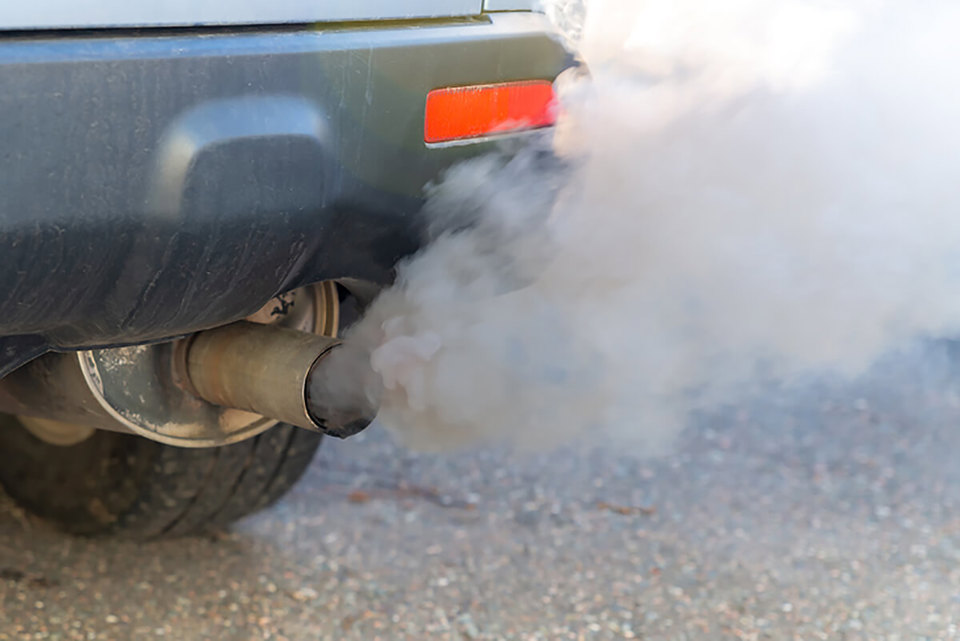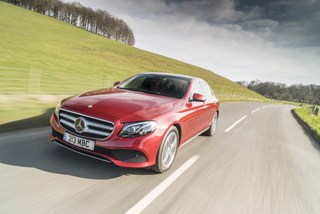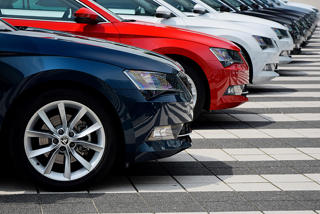Fleet operators and company car drivers face increases in tax after CO2 emission values generated under WLTP (Worldwide Harmonised Light Vehicle Test Procedure) start to be published.
All cars are undergoing a transition to the new measurement for fuel consumption, with newly type approved models subject to the test since last September, while all other new cars are being rehomologated by this September.
The changes will only apply to vehicles registered after the new figures are published, where the higher CO2 value is shown on the registration document.
WLTP has replaced NEDC (New European Drive Cycle), which had been criticised for failing to represent real-world fuel consumption. NEDC had been in use since the early 1990s.
WLTP, in its true form, will come into circulation this autumn, but its CO2 figures are not scheduled to be linked to vehicle tax until April 2020. Confirmation is expected in November’s Budget.
Until then, every car that undergoes the test has a new ‘NEDC-correlated’ value, using a tool called CO2MPAS, which was formulated to create a figure close to the old NEDC figure.
But research by Cap HPI has found that the figures are typically 10% higher under NEDC-correlated values, effectively pushing up the benefit-in-kind (BIK) tax bands by several percentage points.
For drivers changing their company cars this year, it is likely to mean a significant increase in BIK tax liability, and fleet operators are calling for an explanation of why car CO2 emissions have increased substantially under the new rules.
Caroline Sandall, deputy chairman of fleet representative body ACFO, said: “I think many members are concerned that the WLTP/NEDC correlation has resulted in the same vehicle coming out of the matrix with a much higher CO2 value than under the previous NEDC calculations.
“This was not expected and many cannot understand why there would be such a variance – the expectation was, quite rightly, that the
correlation would return a result very close to the old NEDC calculation.
“Unfortunately this leaves fleets with few options as the future is unknown until Government makes a decision about how we will migrate to WLTP as the measure for BIK.
“In the meantime, I do think someone needs to explain why there is such a variance between NEDC and NEDC-correlated figures. The whole thing has been badly managed and implemented.”
Car manufacturers are also reportedly unhappy with the new system, which makes a similar vehicle in 2018 potentially much less attractive for a company car driver.
But the Society of Motor Manufacturers and Traders (SMMT) says it is working with the European Commission alongside other EU car industry associations to urgently update CO2MPAS.
Mike Hawes, SMMT chief executive, said: “WLTP and RDE (Real Driving Emissions) are the world’s toughest-ever emissions tests, much more representative of on-road driving than NEDC which, as the industry acknowledged, was outdated and needed reform.
“The CO2MPAS tool represents a short-term solution to evaluate the performance of new vehicles tested under WLTP on a comparable basis to existing NEDC vehicles, and so align measures such as tax rates.”
Asked if an update to the system would mean vehicles having to undergo new tests to create new CO2 emissions figures, the SMMT said it was a matter for the European Commission.
The British Vehicle Rental and Leasing Association (BVRLA) told Fleet News it is in discussions with the Treasury and will be asking for any distortion caused by the transition to the new regime to be eliminated.
“Policymakers need to recognise the vital role played by the company car sector and rebalance the BIK tax thresholds to ensure drivers are not hit by unfair and disproportionate rate increases,” said a spokesman.
The study of more than 600 models by Cap HPI, across all vehicle sectors, examined emissions data between September 2017 and May 25, 2018. The data shows diesel vehicles increased by 12.6%, petrol 7.3%, petrol plug-in hybrid by 27.3% and petrol hybrid 7.8% on average.
Andrew Mee, senior forecasting editor at Cap HPI, said: “The industry is already seeing the impact of WLTP as some models are removed from the market and options are rationalised. While we expect to see the fleet mix change over the coming months with drivers shifting away from models with large CO2 and BIK increases, we don’t expect to see a significant spike in overall sales ahead of WLTP changes in September.”
During the past decade, manufacturers have become more skilled at optimising vehicles for NEDC tests, adding features like idling stop/start, reducing vehicle weight with new generation models as well as making improvements to aero-dynamics. Drivers choosing their next company cars carefully have been protected from big increases in BIK through vehicle improvements.
The Vauxhall Insignia Fleet News currently has on its test fleet is a 136PS diesel and has CO2 emissions of 114g/km. But the same car registered now has CO2 emissions of 124g/km – an increase of two BIK tax bands.
Costs have increased significantly since this car was delivered last summer, including the annual tightening of the BIK tax threshold, and the increase in the supplement for diesel cars, which went up to 4% in April from 3%, putting this Insignia in the 29% bracket for BIK tax compared with the 24% bracket for an identical model in 2017/18 registered a year ago.
Drivers will now pay £80 per year (20% taxpayer) more, while businesses will have to contribute an extra £105 per year in National Insurance Contributions (NICs).
For some models, this level of increase has come purely as a consequence of changing from pre-WLTP to post WLTP. For example, the Mercedes-Benz E 220d saloon AMG Line that Fleet News also has on test has increased by three BIK tax bands since delivery, with CO2 emission rising from 112g/km to 127g/km.
This rise will hit a 40% taxpayer by £478 per year, with a business paying £165 extra in NICs.
It had been possible to choose a Toyota Prius with CO2 emissions of 70g/km when specified with 15-inch wheels, which entitled the car to be registered for the London congestion charge discount.
The lowest CO2 emissions possible with the standard under the revised system is 78g/km, which would not only make it subject to the congestion charge, it takes it above the threshold for a 100% write down allowance.
These factors could make the difference in whether or not a car remains on a fleet choice list.
A number of popular fleet models now exceed the commonly applied 130g/km CO2 cap. These include certain derivatives of the Ford Mondeo, Vauxhall Astra, Jaguar XE and XF, and Mazda 6.
Some of the changes to fuel consumption and CO2 emissions have been introduced at the same time as model year updates, which has also seen P11D prices increase.
ACFO chairman John Pryor added that the changes could now cause more people to give up their company cars and take a cash allowance instead, which risks a reduction in the revenue the Government takes from company car tax.
He said: “I suspect the issue is there is no clear way to go forward. But this is a sword of Damocles hanging over all current and future sales. As always, drivers do not look at the whole picture as we see people cashing out and claiming AMAP (approved mileage allowance payments) or the tax differences.”





















The Engineer - 18/06/2018 12:06
Meanwhile what am I supposed to do? I am being told to order something but half the cars I was interested in have disappeared off the quoting system for who knows how long, presumably undergoing reevaluation, One has returned but has jumped 20%, 5 BIK levels overnight, even something that looks stable now could be retested any time and soar in tax by the time its delivered. Would the lease company let me cancel and start again if that happened? I doubt it, stuck with it! I think we now know in part how the government are going to fund their massive new NHS funding pledges, backdoor tax rises like this!!!